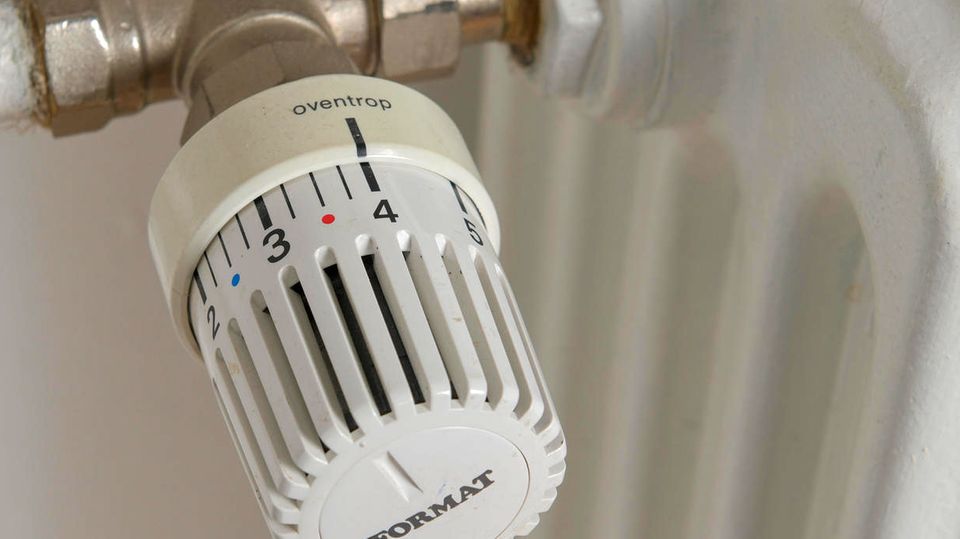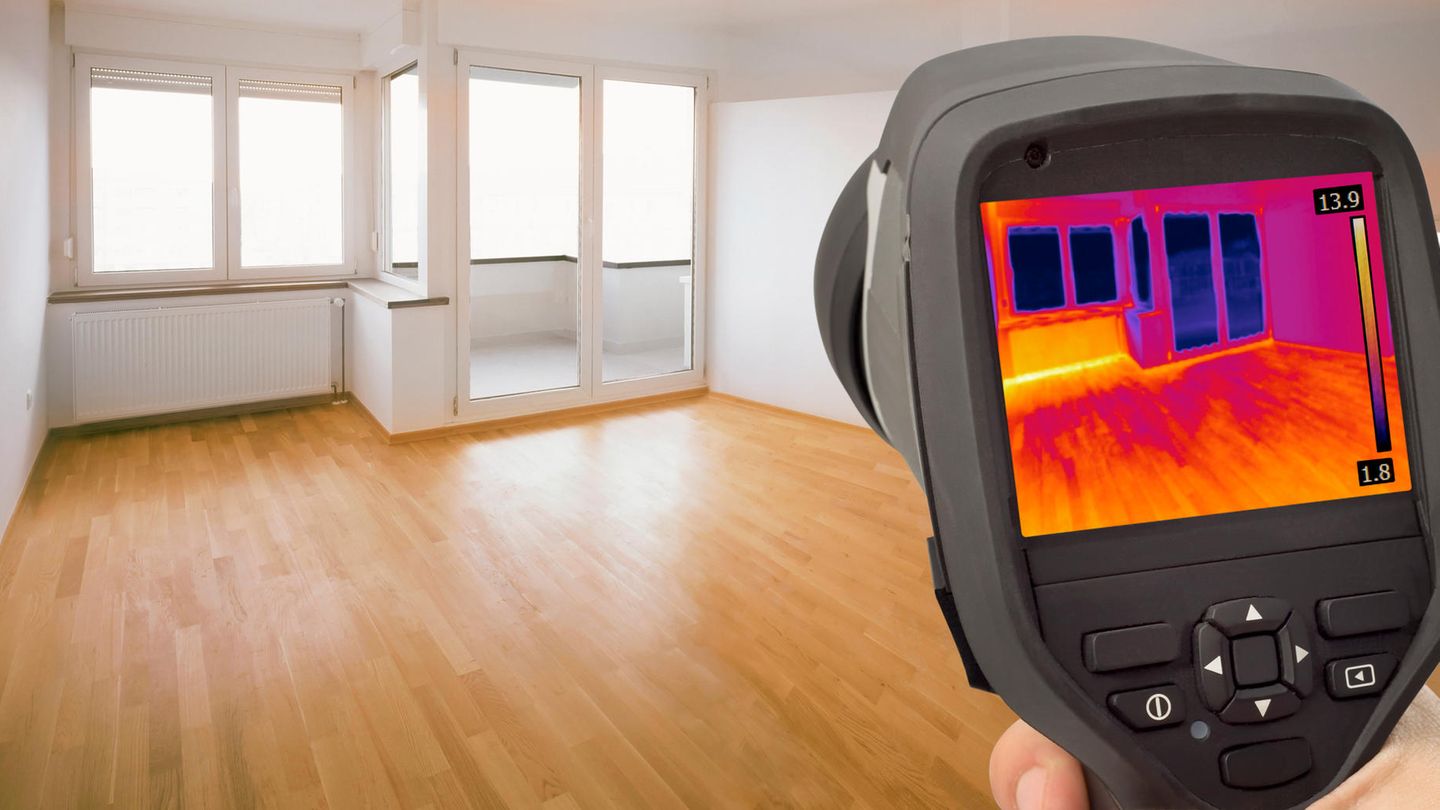In order to cushion the consequences of the skyrocketing energy costs, many tenants and homeowners are looking for heating alternatives. Infrared heaters are cheap to buy – but is it worth buying?
Energy costs keep rising: the comparison portal Check24 recently reported that some utility companies would increase their prices by more than 100 percent. And there is still no sign of the end of the price spiral. So what do you do if you want to avoid the hefty additional payment in the coming year?
One option would be to warm the rooms with an alternative heating method. Instead of freezing in cold rooms or even thinking about replacing the heating system, inexpensive heating alternatives are a possibility.
Infrared heaters are available in hardware stores or online for less than 100 euros. The fact that the devices do not entail any maintenance costs and that they have a very long service life also speak for them. Installation is also child’s play: hang it on the wall, plug in, done. Some devices can also be mounted under the ceiling. And: there is no risk of fire. Because unlike radiators, infrared heaters emit radiation that warm objects or the skin itself. The room air that comes into contact with the heated objects also heats up. A particularly big advantage: It all happens very quickly, so you don’t have to wait long for a cozy warmth to set in.
Room size and infrared heating
Since the devices are offered with different wattage, it must first be calculated how large the room is that is to be heated. The rule of thumb is that between 60 and 100 watts are required per square meter of space. So if a 15-square-meter bathroom is to be heated, it needs at least one device with 900 watts, but 1500 watts would be better. But several radiators with a lower output would also be conceivable.
But as cheap as the devices are to buy, they have some costly disadvantages. So they devour a lot of electricity – and that is expensive. “For example, if a device heats with 1000 watts for three hours a day, that costs around 150 euros within six months,” the “” calculates. The portal “” calculates that heating a 25 square meter room for 1440 hours per year on 180 days costs between 650 and 1100 euros in electricity costs.
Disadvantages of infrared heating
These price differences point to the second disadvantage of infrared heating: Without insulation, it quickly becomes very expensive. Part of the heat dissipates, especially in old buildings. In order to provide cozy warmth here, a lot of electricity has to be consumed. “With an uninsulated old building you can do the math as you like: Infrared heating will never be an adequate substitute for central heating with oil, gas or pellets,” is the verdict of “Energieheld”. In the first half of 2021, you paid around 32.62 cents per kilowatt hour for electricity. During this period, gas costs an average of 6.41 cents per kilowatt hour – that is, less than a fifth of the electricity price. The higher efficiency of the infrared heaters compared to conventional heaters does not help either.
Criticism of the infrared criticism
The infrared industry does not want to accept this. They point out that one cannot compare normal heating with radiant heat. In addition, the calculations are not correct. Rather, the model would cost a maximum of 680 euros for the 25 square meter room, asserts Henning Schröder, managing director of “Imowell”, a company that sells electrically operated heating systems, among other things. And adds that this calculation is valid for particularly poorly insulated old buildings.

There is one exception, according to the product testers: Those who generate their electricity with their own photovoltaic system can use “superfluous” electricity that is not needed as household electricity.
Schröder from “Imowell” sees infrared heating as a clear advantage in low-rise and passive houses. Good insulation is important, but so is the maintenance-free type of heating, according to Schröder. Other types of heating cannot offer this. The savings then have to be considered over the entire service life of a heating system, Schröder continues. “So the infrared heating is not only much cheaper to buy, but does not require any maintenance after installation and therefore does not generate any follow-up costs in the area – in contrast to heating systems with boilers, where the chimney sweep visits you every year and the plumber has to come. to maintain the heating. Conventional heating systems add up to several thousand euros over the years, “says Schröder.
Also read:
When the way to work makes you sick – commuting is just as unhealthy
Daycare, insurance or cell phones instead of a salary increase: When benefits in kind from the boss are worthwhile
DHL only delivers parcels after four and a half years
Source From: Stern
Jane Stock is a technology author, who has written for 24 Hours World. She writes about the latest in technology news and trends, and is always on the lookout for new and innovative ways to improve his audience’s experience.




